
Garmin once ruled the roost when it came to powerful cycling computers, but it is increasingly under threat by a number of newcomers, some of which are innovating with smartphone-esque features that are starting to make Garmin’s offerings look a little long in the tooth.
The Garmin Edge 540 (and touchscreen sibling 840) is more evolution than revolution, taking learnings from the Edge 530 predecessor and sprinkling in a few additional features to keep the punters paying. In short, there’s not a huge deal to get excited about here, especially if you own a previous generation Edge, as Garmin has merely added a few software features from its larger and more expensive 1040 models in a shrunken package.
That’s not to say it isn’t worthy of your attention, as this is still a phenomenally powerful bike computer, but compared to newcomers from Wahoo and Hammerhead, Garmin’s latest release left us a little frustrated.
Garmin Edge 540 Solar review
Price and availbility
If you opt for the non-touchscreen Edge 540, as we did for this review, it will cost £400/ $450/ AU$749 for the solar charging model. Go for the non-solar model and you can knock £50/ $50 from the list price. It's available at Garmin UK, Garmin US and Garmin AU.
A number of online retailers and specialist bike shops will also sell the unit, but we have struggled to find it with significant savings. However, the previous generation 530 is now, understandably, dirt cheap.
Specifications
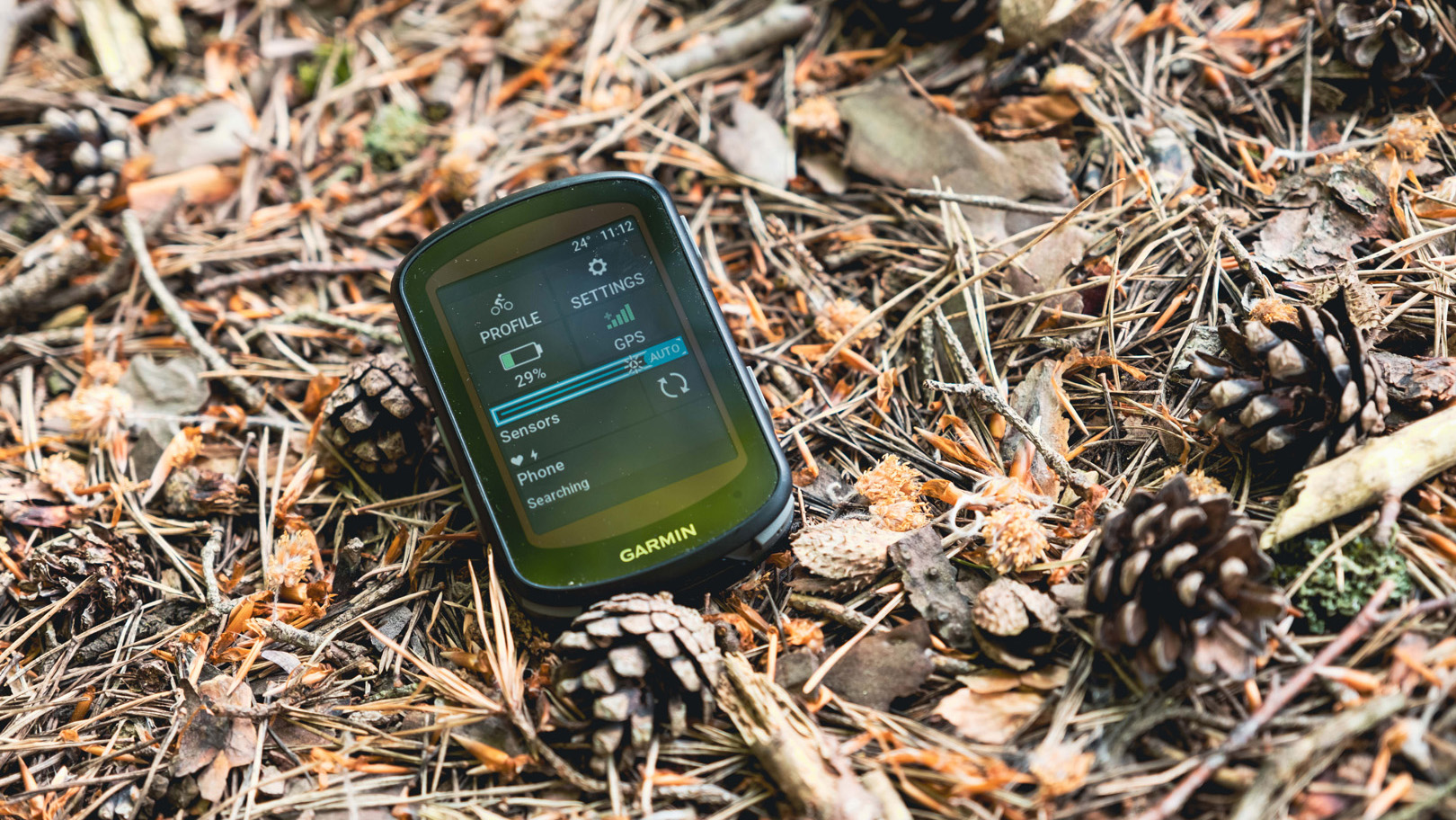
- Dimensions: 57.8 x 85.1 x 19.6 mm (2.3″ x 3.4″ x 0.8″)
- Weight: 84.9g
- Display: 2.6″ (66 mm) diagonal/246 x 322 pixels
- Battery life: Up to 32 hours
- Storage: 16GB
- Sensors: Multiband GNSS, GPS, Gyroscope, Accelerometer, Altimeter
Design and build quality
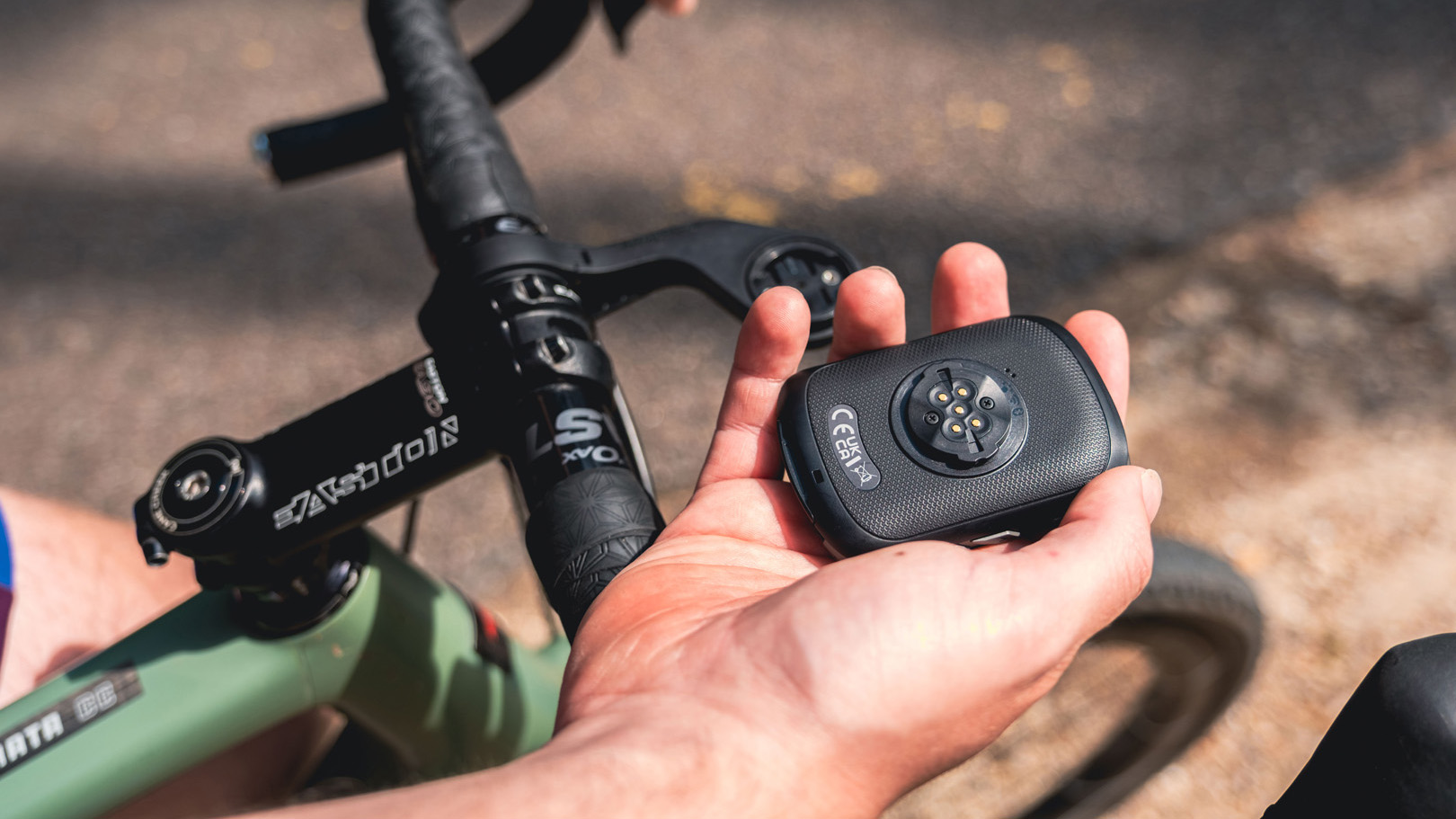
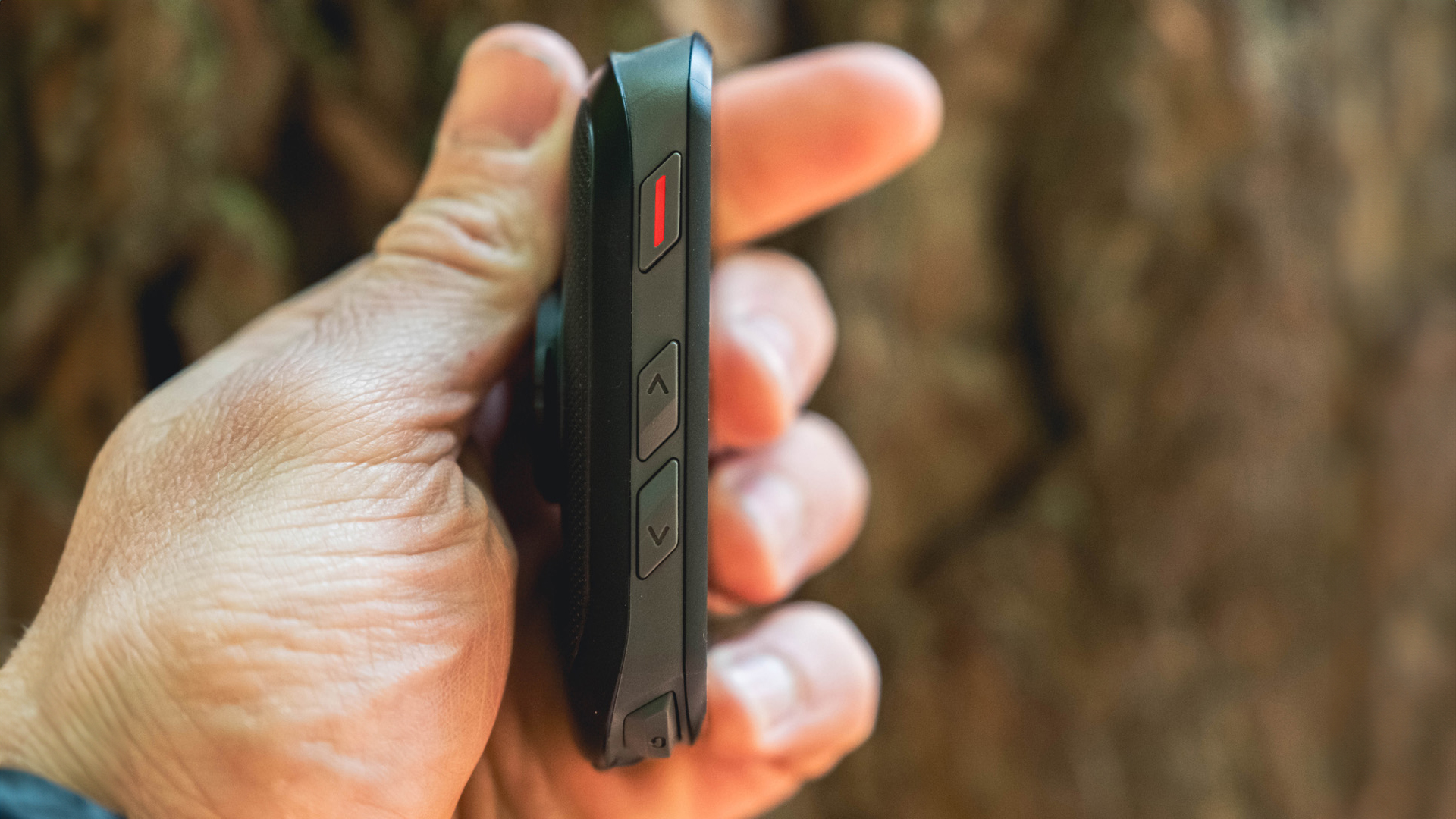
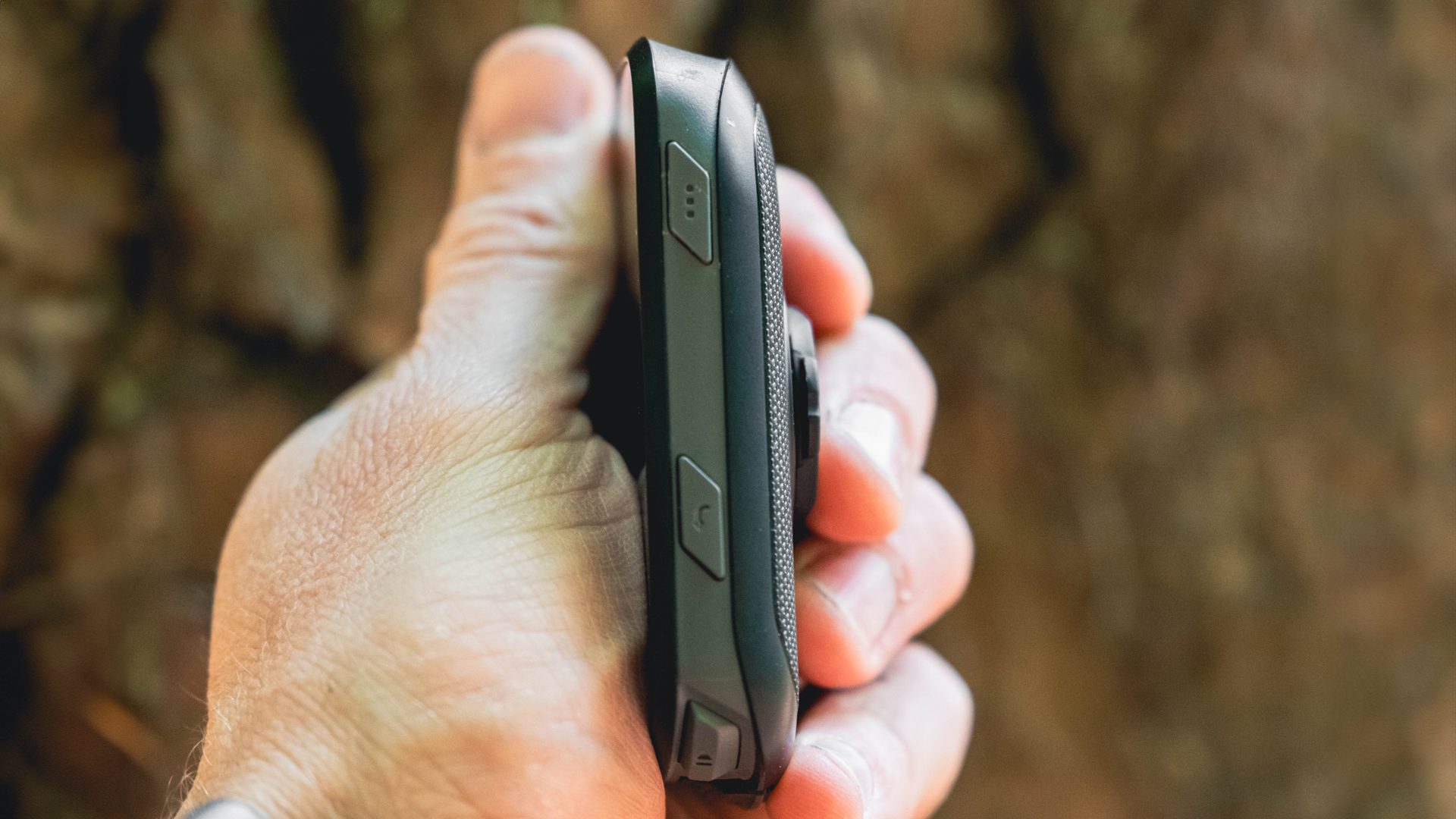
The Edge 540 retains the look and feel of its predecessor, with a relatively user-friendly interface that sees seven buttons operate most of the core functionality.
It is slightly larger than the model it effectively ‘replaces’ (although the 530 is still perfectly good), while the chassis itself is made from toughened plastic with a textured reinforcement on the back.
The larger and more expensive Edge 1040 naturally feels like a more premium product, with metal buttons at the bottom and metal quarter-mount fixing, but Garmin has thought about longevity and ensured the plastic mounting point on the 540 is replaceable, which is a nice touch.
Although the 540 is relatively small, especially when up against the smartphone-inspired Hammerhead Karoo 2, all of the buttons are easy enough to locate but are arguably too diminutive to easily interact with when on the move.
The chances are, you’ll memorise the location of the most important buttons with time, but the touchscreen 840 is a little bit easier to live with if you like to regularly interact with the head unit.
Built tough, the Garmin 540 can withstand being dropped and bashed, while the IPX7 water and dirt resistance rating means you can pretty much cycle through anything and it will be ok.
Features and battery life
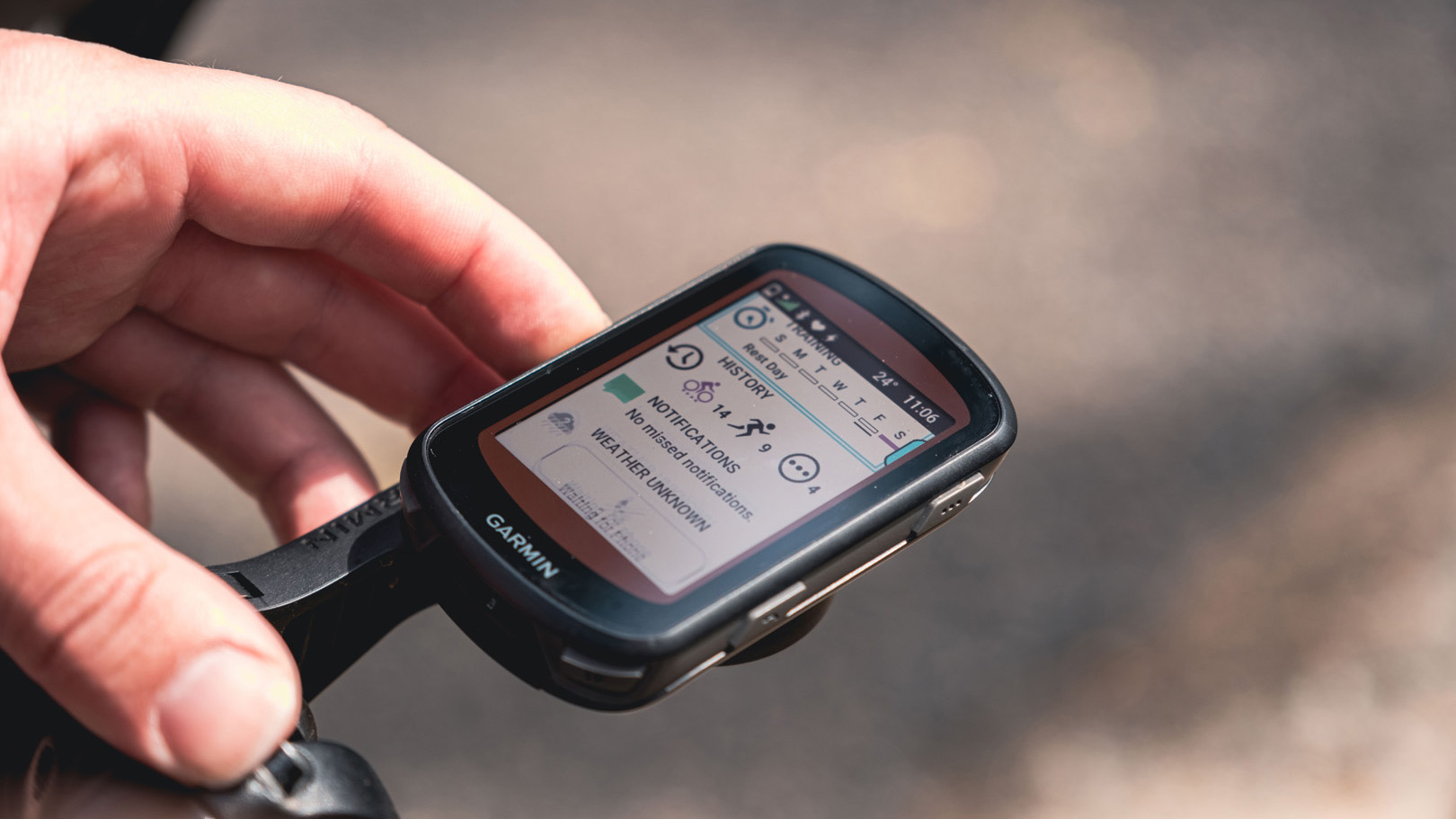
The major update in this refresh of Garmin’s ever-popular lineup is the inclusion of solar charging. We first saw this technology in the Instinct 2 smartwatch and then in the Edge 1040 bike computer.
The Power Glass Solar Charging tech is claimed to increase the battery life of the device by up to 25 minutes per hour of solar charging in direct sunlight. You’ll struggle to get much charge from a rainy winter ride, but in the heady days of summer, we found ourselves achieving those claimed figures.
We can see this feature being a huge boon to those that find themselves riding for multiple days on end without access to power; a bikepacking trip would be a great example.
The battery life as standard is 32 hours, so if you get lucky with the weather, you could easily go for a week-long trip and not have to charge up. If you do find yourself in need of some extra juice, the Edge 540 is compatible with the Garmin Charge Power Pack for an extra 24 hours of life.
The screen is also brighter, crisper and easier to read when stood up against previous models. This is thanks to enhanced colour filters and more densely packed backlight LEDs, while updated GPS internals, which see a multiband GNSS chip added, provide increased accuracy and reduced time required to get a location fix.
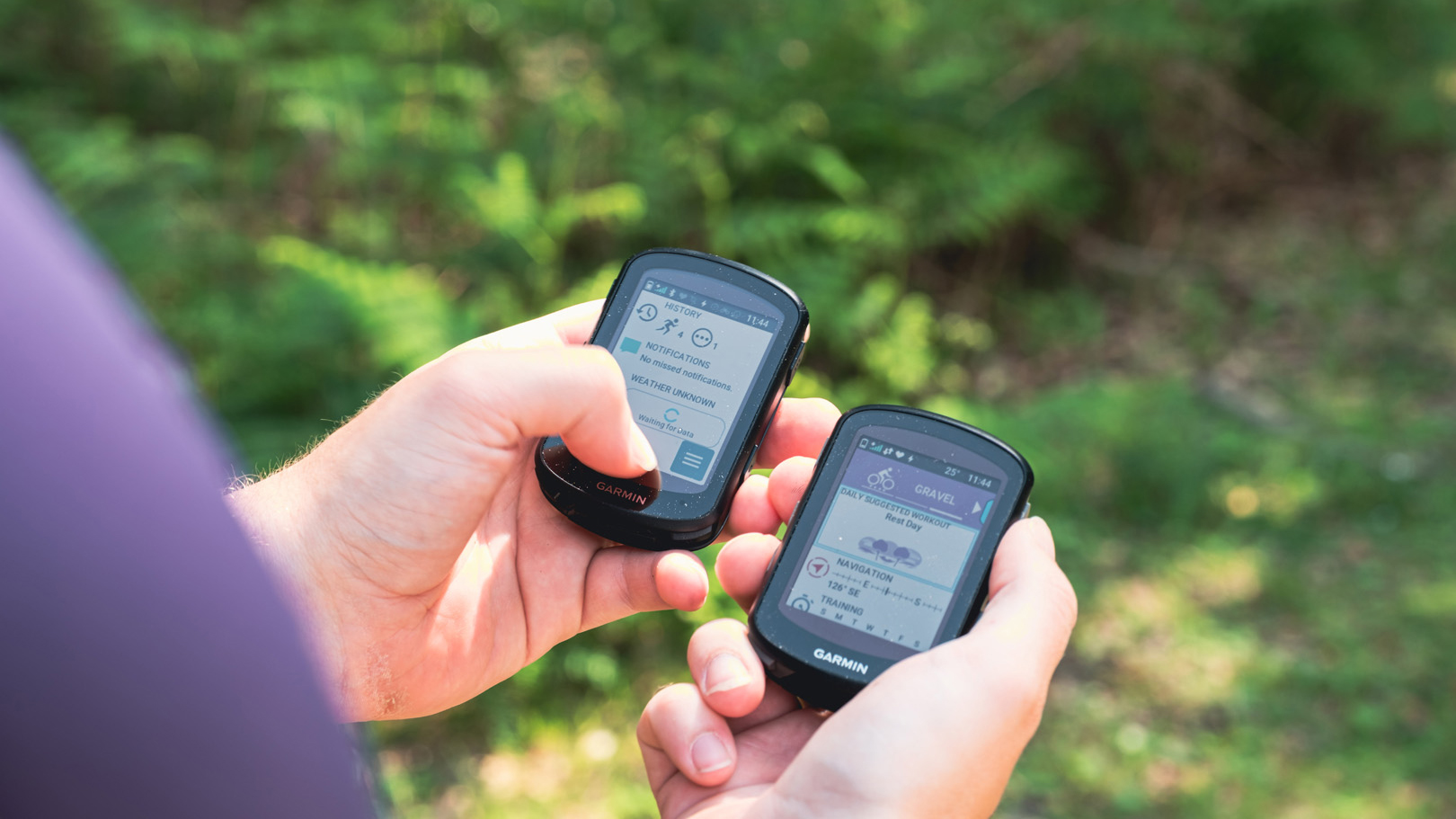
The Edge 540 also borrows a lot of features from its larger sibling, the Edge 1040 - the ClimbPro ascent planner being one of our favourites.
Offering a real-time graphical representation of whatever hill you’re slogging up, the device displays remaining gradients and remaining ascent, as well as a real-time gauge of your effort.
Much like the Hammerhead Karoo 2, it doesn’t require a course to be pre-selected to activate this feature. Instead, it uses the onboard maps to determine the relevant stats. If you fancy yourself as a bit of a climber, it’s possible to select climbs in your local area and have the Edge 540 navigate you to the bottom of them.
In addition to this, there are almost too many cycling features to mention here. You’d need all day to read through all of them. They include Garmin staples, like adaptive coaching to suggest daily workouts, Cycling Ability and Course Demands, which compares your level with the demands of an upcoming route, as well as Power Guide targets should you use an external power meter.
Naturally, it all syncs up to Garmin’s Connect smartphone app so you can pore over data, bring in information from smartwatches and other wearables, and generally plan your training like a pro rider.
Performance
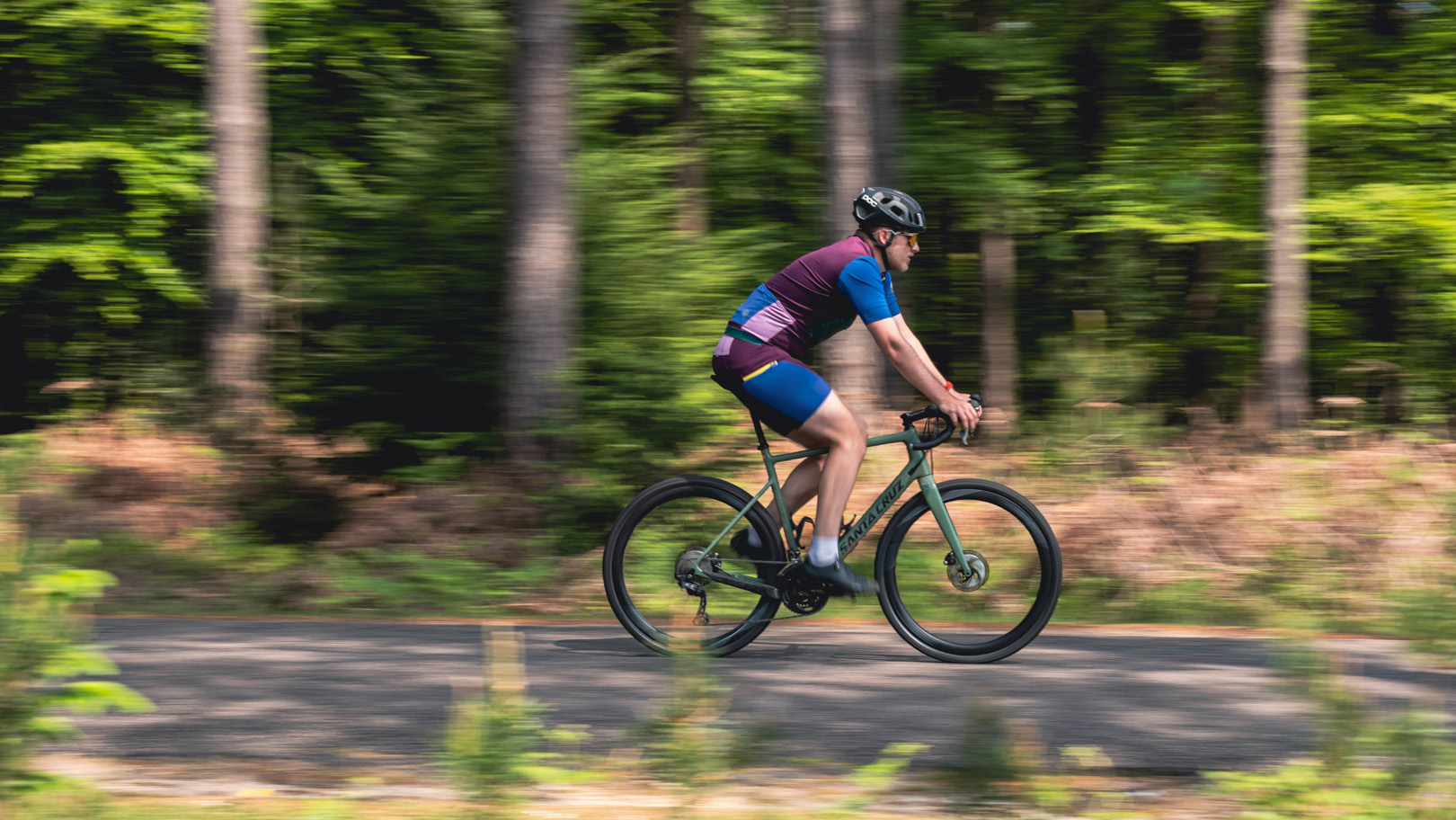
Mapping was always an issue with Garmin devices of yore, seeing as the stingy so-and-sos only really offered measly breadcrumb trails to follow. Routes were a pain to set up and even more difficult to follow while re-routing when you inevitably got lost was painful and sometimes pointless.
Rant over, as things have improved with the Edge 540, seeing as it comes preloaded with Garmin Routable Cycle Maps. These display a wealth of information, as well as allow on-device routing while navigation is clear, with road names displayed and warnings when you’re approaching high-traffic areas.
That said, navigating with the Edge 540 still isn’t perfect. Far from it, in fact. The audible navigational prompts proved really slow and often wrong when we tested it, and we found it frustratingly hard to navigate by street names, as opposed to places of interest or by scanning the map.
Inner city riders will do far better with much simpler devices for navigation, such as the excellent Beeline Velo 2, as Garmin’s efforts tend to focus on the performance metrics and cycling stats rather than being a reliable co-pilot.
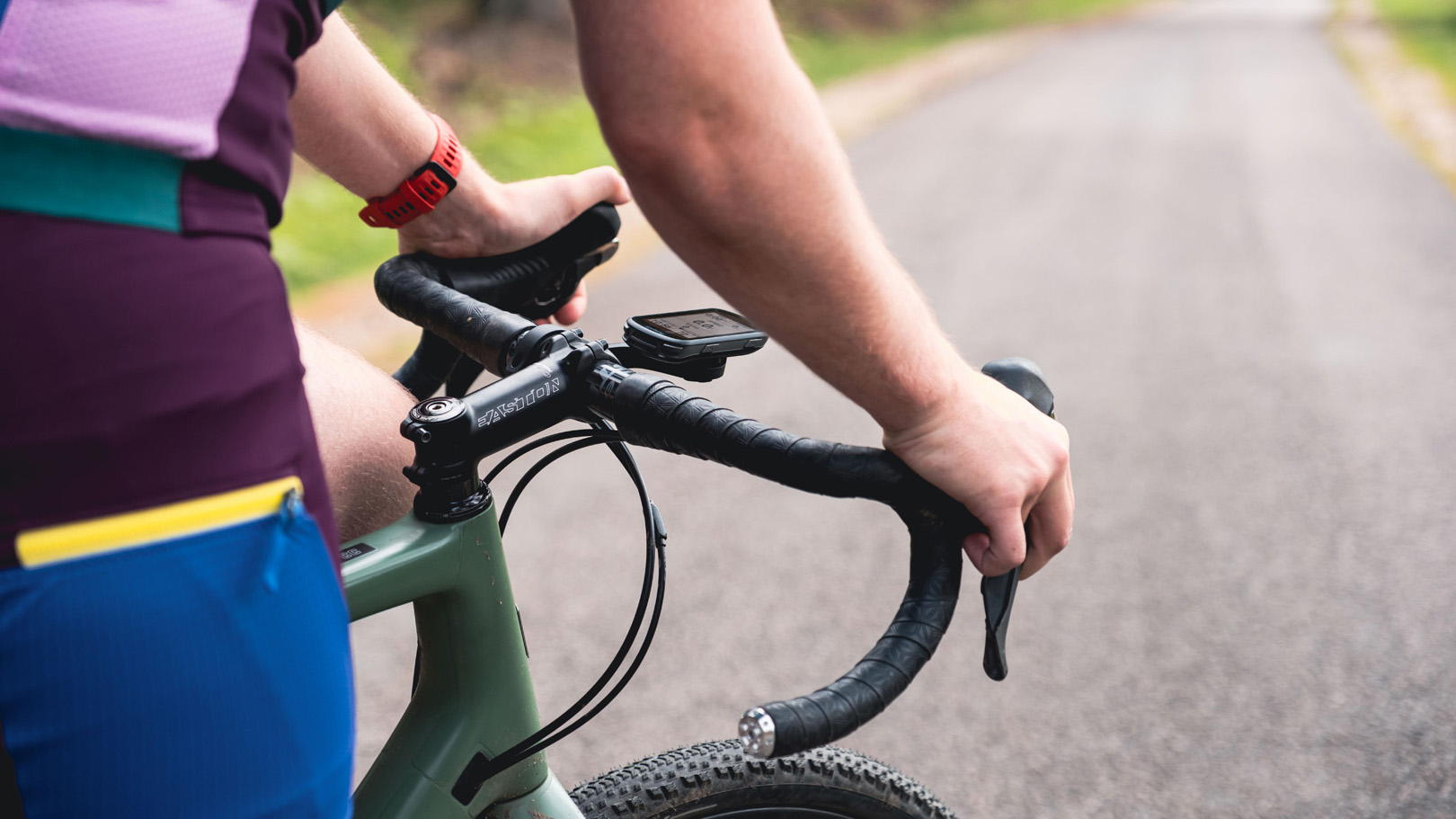
Thankfully, the Edge 540 will intelligently reroute you back to the course if you do have a navigational slip-up, rather than beep and flash and instruct you to make a - turn like it used to. The updated route even considered the road type and directed us along quieter options when we tested it.
But as we mentioned before, this bike computer is a fantastically powerful piece of kit that will record, analyse and intelligently simplify even the most complex cycling data. Left/right power splits, height and altitude acclimatisation, stamina insights and even hydration and nutrition alerts can be beamed directly to the head unit.
If you already use a Garmin smartwatch in day-to-day life, the Edge 540 will slot right into the ecosystem, as all of the data recorded on a ride is uploaded to Garmin Connect, where it can be analysed and studied as you rest your weary limbs.
On that subject, the Body Battery feature is one of our favourites, as it quantifies fatigue and recovery, helping us to make informed choices based on our current energy levels before donning the Lycra.
Verdict
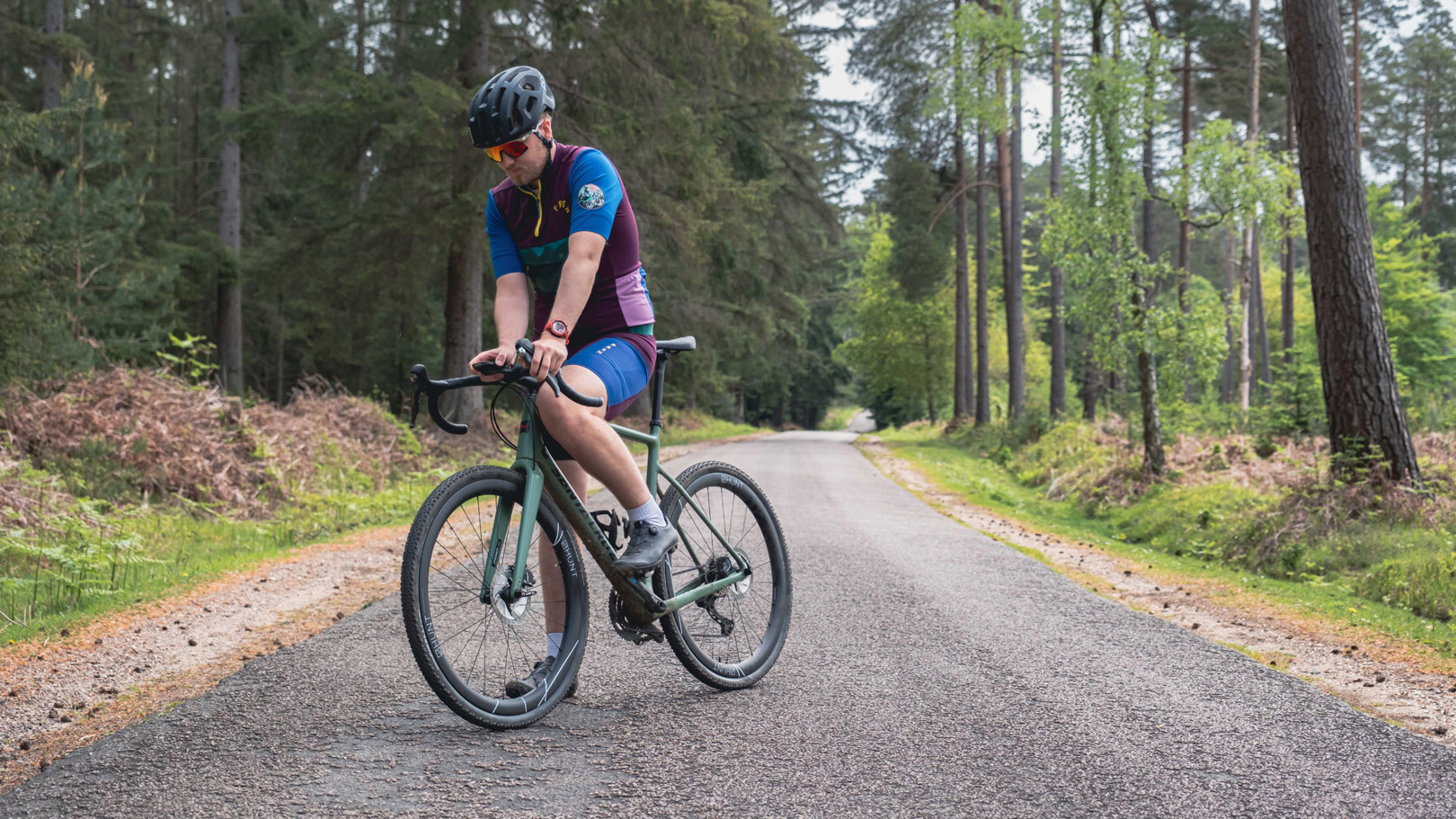
The lack of touchscreen is evident here, and in our humble opinion, it is worth stumping up the extra cash and plumping for the 840. In short, it’s just easier to use and doesn’t require you to memorise a complex seven-button user interface.
However, the Edge 540 is certainly a step above the 530, despite looking eerily similar. We found it much faster to make decisions and generally slicker to use. The screen is also noticeably sharper and more vibrant.
If you love cycling metrics, there really isn’t much else out there that can compete with Garmin, as the company makes cycling computers for data nerds and the average Joe alike.. Wahoo and Hammerhead have started to creep ever closer, but Garmin’s ecosystem is still the victor. There’s just so much information to dive into, it’s hard not to feel like you’ve got what you pay for.
Also consider
As we previously mentioned, Wahoo and Hammerhead are two brands to look out for. The Hammerhead Karoo 2 is a formidable bike computer for ease of use and excellent on-bike navigation. The screen is more like a smartphone than a bike computer and the user interface is almost as simple.
Similarly, the Wahoo Elemnt Roam V2 is also a great navigator, with a super simple interface and handy interactive LED array that help with turn-by-turn navigation and can also be used to highlight things like current heart rate and power output.
Both the Wahoo and Hammerhead models are clearly priced to compete directly with Garmin’s Edge 540 and 840 models, so could be worth considering.







